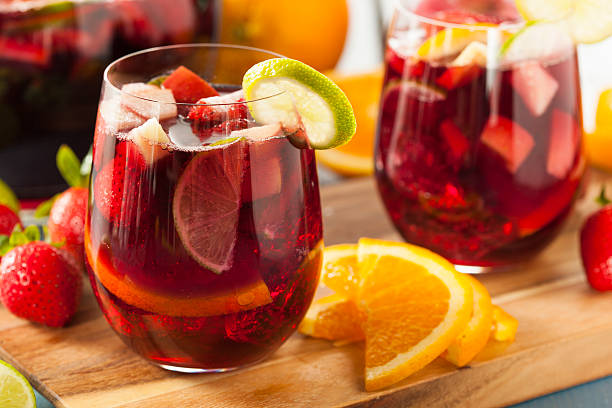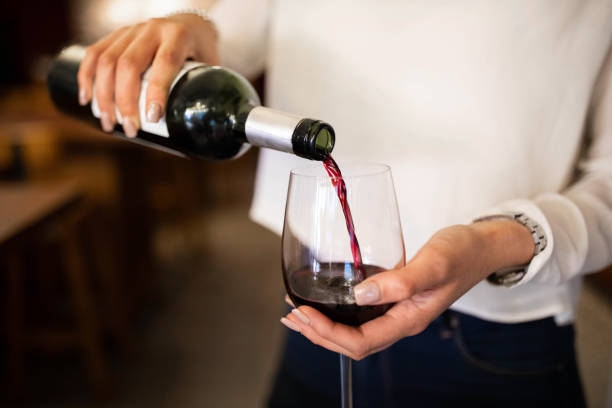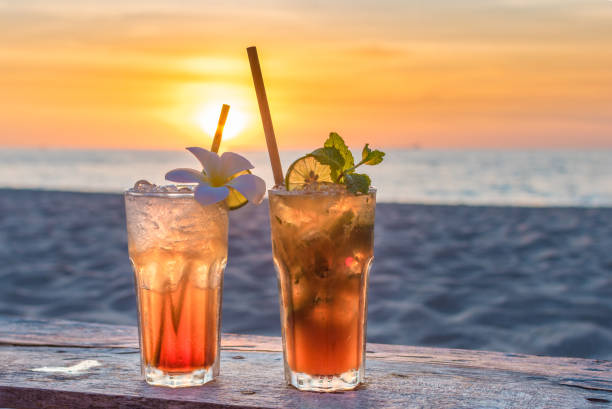Since at least the 240 years and possibly thousands of years before, alcohol consumption has been a part of Australian culture.
Recent years have seen a trend toward choosing low- or no-alcohol versions. If you don’t believe us, look at the soft drinks aisle in your local supermarket.
Non-alcoholic drinks have been on the market for decades, but for a long time, their range was limited, and, in most cases, the flavors were inferior to their alcoholic counterparts.
Online retailers, some of whom specialize in non-alcoholic beverages, stock up to 100 different low or no-alcohol beers. They also have a similar amount of non-alcoholic wine – the majority of which are produced in Australia.
What is the reason for the boom in this sector of the industry? Where could it go next?
All begins with fermentation.
Alcoholic beverages can be produced by microbes (most commonly yeasts) that convert sugars into ethanol during fermentation.
Fermentation also produces other desirable flavors. The fermentation process is essential to the taste of wine and beer, so we cannot just skip it when making low- or no-alcohol beverages.
Think about the difference between wine and unfermented grape juice: It’s not just the alcohol content that gives the wine its flavor!
The production of non-alcoholic wines and beer begins with the fermentation process. After that, alcohol is removed by using several advanced systems.
High-tech systems have changed the game.
Filtration and distillation are the two main methods of producing non-alcoholic wine and beer. These systems are expensive and technologically advanced, so only large producers use them.
Membrane filtration, and in particular “reverse-osmosis,” is a technique that pumps beer and wine under pressure through tiny filters. The holes are so small that they separate compounds according to their molecular sizes. Water and ethanol, which are relatively small molecules, can pass through the filter.
Water is continually added to the mixture of larger “flavouring” compounds in order to recreate the beer or wine. The process is repeated until all ethanol has been removed.
Distillation is another process where compounds are separated according to the temperature at which they boil. Distillation is heat-intensive, which changes the taste of wine and beer.
Distillation of no-alcohol is done under low pressure and vacuum to minimize any impact on the flavor. Under these conditions, ethanol is removed around 35degC-40degC as opposed to the 80degC at atmospheric pressure. It is the same principle as why water at altitude boils at lower temperatures than at sea level.
The small brewers of today are master artisans.
The wide variety of craft beers available today is partly responsible for the rise in the production of low- and non-alcohol beers.
Craft breweries across Australia produce delicious beer with low alcohol content without the need for expensive equipment. This is achieved by manipulating the fermentation using two main methods.
Brewers reduce the simple sugars that yeast can use in the first method. The yeast will produce less ethanol when there is less sugar available.
You can achieve this by using a temperature higher or lower than normal during mashing, the process of extracting sugars simply from barley grains. Brewers can also stop fermentation early before too much sugar turns into alcohol.
The second method involves the use of different yeasts. Most beers are traditionally made using the yeast Saccharomyces. Over millennia, this genus was domesticated to make wine, beer, and bread.
There are thousands of different species of yeast. Some are not adept at producing ethanol. These yeasts have become increasingly popular in the production of low-alcohol beer. These yeasts still produce the expected flavor compounds but at very low alcohol levels (sometimes as low as 0.5%).
Has been described for most commercially available yeast strains. However, some breweries still keep the songs they use secret to make low-alcohol beer a secret.
You’ll barely notice the difference in a few months
Low- and no-alcohol beer or wine can’t taste the same as their full-strength counterparts. It’s because the flavor of alcohol is influenced by ethanol. This is more apparent in wine, which has a typical alcohol content of 13%.
In addition to volatile chemicals, compounds with smaller molecule sizes are also removed when ethanol and water are removed. Manufacturers do their best to include these compounds back into the final product.
Similarly, using unconventional yeasts or changing the mash condition for low-alcohol beers can also lead to different flavor profiles compared to those obtained through “normal” processes.
In spite of these challenges, producers continue to improve their products. Even experienced beer drinkers cannot tell the difference between alcoholic and non-alcoholic beers.
If the mood or circumstances warrant it, do not hesitate to drink a beer or wine with low or no alcohol during the festive season (or all year long). You might be surprised at the improved quality and range of these products. The benefits are clear.




